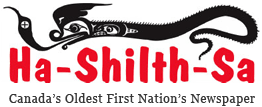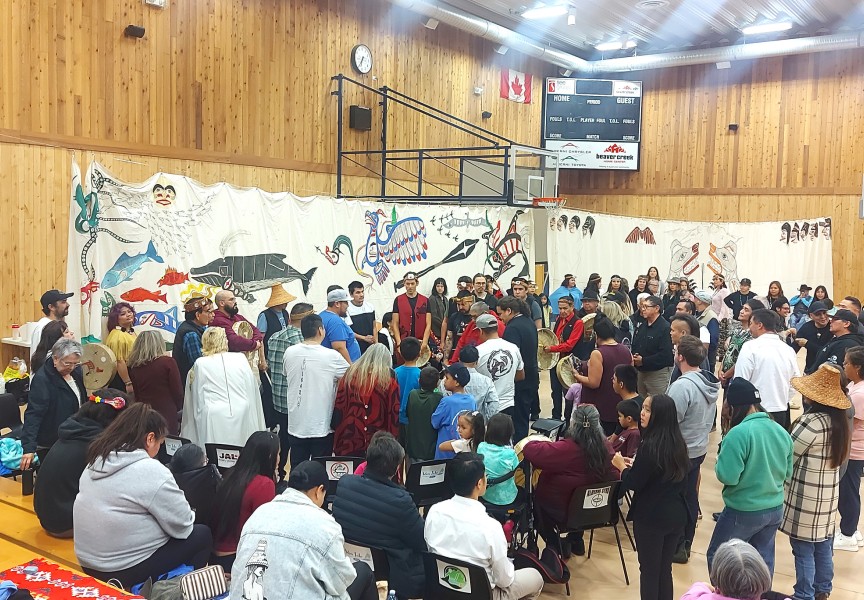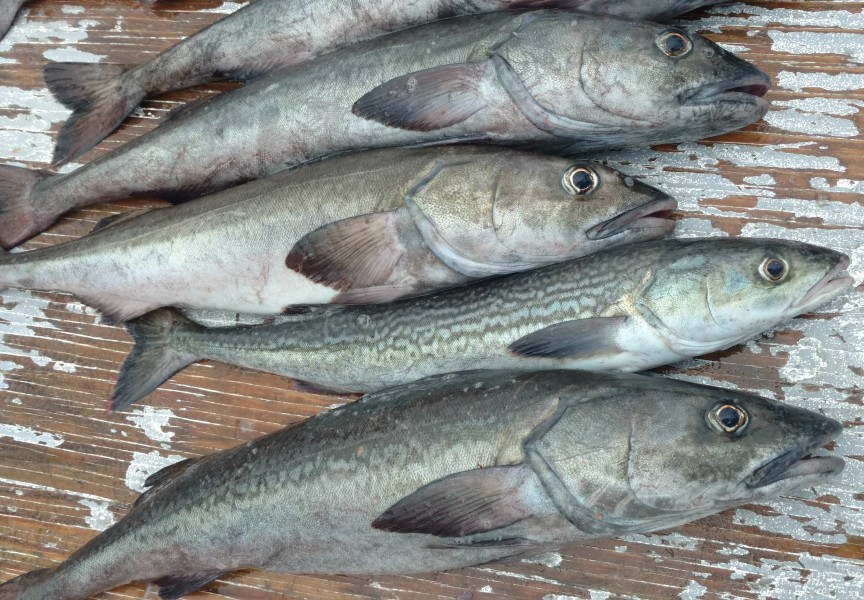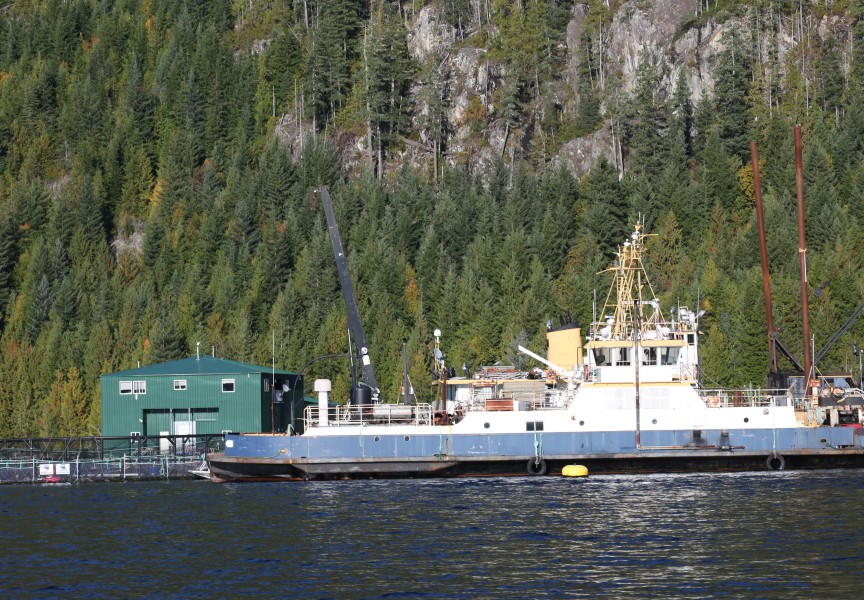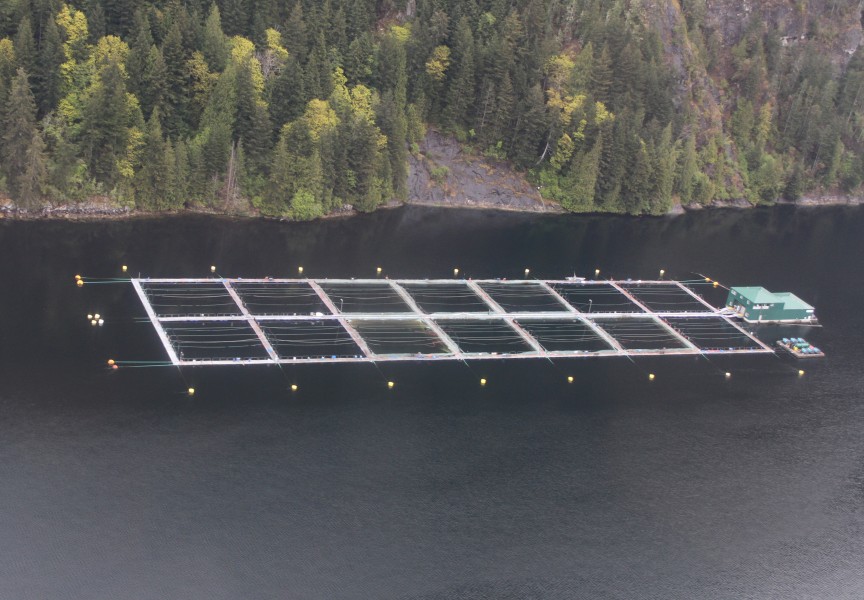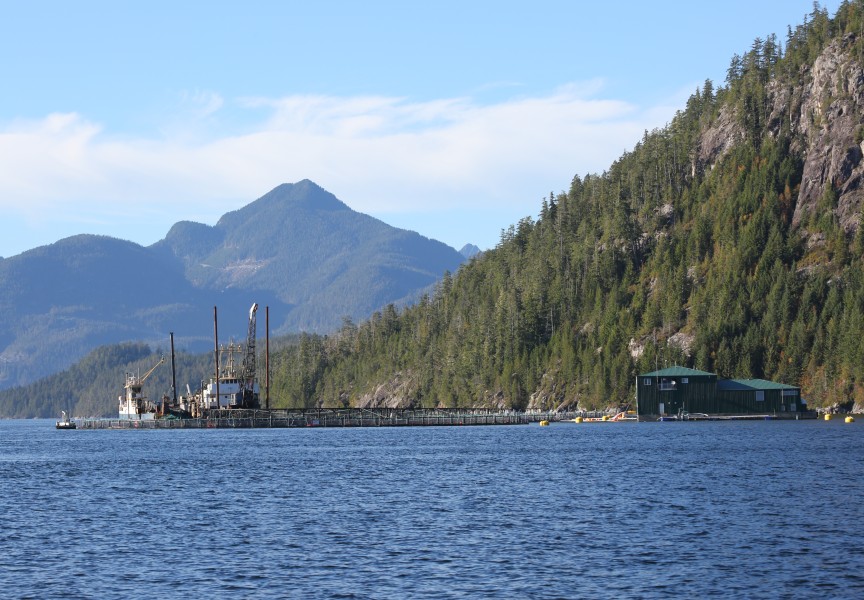B.C.’s fish farms appear to be facing an increasingly challenging situation, with pressure mounting on both sides of the border.
For decades ocean-based net pens have been the industry standard. But the 65 sites that still remain in British Columbia now have the looming deadline of June 30, 2029 – a date set by Fisheries and Oceans Canada when all open net pens must be out of water.
Making matters worse are the tariffs threatened by US President Donald Trump, a 25 per cent levy the cantankerous official warns will be imposed on goods imported from Canada and Mexico into the United States.
This is particularly concerning for the B.C. Salmon Farmers Association, which states that approximately 70 per cent of its farmed fish go the American customers. The industry association predicts that, if imposed, the US tariffs would reduce demand south of the border 32-40 per cent, resulting in 1,100-1,195 lost jobs in this province – a casualty representing one quarter of B.C.’s fish farming workforce.
“The B.C. salmon farming sector is already operating in an unprecedented environment of business uncertainty due to current federal decisions actively discouraging technological and job investments,” stated the B.C. Salmon Farmers Association in a press release. “Tariffs will place another substantial and unnecessary burden on Canada’s already threatened salmon farming sector.”
Industry blamed for Pacific salmon decline
For years the industry has been blamed for the decline of Pacific salmon populations across the West Coast. Many fear that the high density of net pens creates a breeding ground for sea lice and other pathogens that transfer over to wild stocks as they migrate past farm sites.
In the 2023 the Pacific Salmon Foundation reported that the close proximity of fish in the ocean pens “present ideal conditions for amplification of viruses, bacteria and parasites.” Most fish farms on the West Coast raise Atlantic salmon, and the PSF blames the aquaculture industry for introducing piscine orthoreovirus to the Pacific coast, something that is “extremely common” in B.C.’s Atlantic salmon farms.
During a Nuu-chah-nulth Council of Ha’wiih Forum on Fisheries meeting on Feb. 12, Nuchatlaht Councillor Archie Little reflected on how his territory has changed over his lifetime.
“I just want us to think back how pristine our areas were,” he said. “Everything was healthy, everything was strong, and then along comes some foreign fish that don’t belong in our waters.”
When DFO announced in June 2024 that all open-net pens would be banned in 2029, the federal department was following a call that came from most First Nations in the province. The B.C. First Nation Wild Salmon Alliance is comprised of over 120 Indigenous communities that stand behind the phase out deadline, including the Ditidaht, Tseshaht and Uchucklesaht.
$6 million in benefits for Ahousaht
But this is not the case for all First Nations in the province, as several rely on salmon farming for employment and other benefits. Seventeen Indigenous communities have formal agreements with fish farm companies, according to the Coalition of First Nations for Finfish Stewardship, including the Tla-o-qui-aht, Ehattesaht and Ahousaht First Nations in Nuu-chah-nulth territory.
For over a decade Ahousaht has had a protocol agreement with Cermaq, a deal the First Nation values at $6 million annually worth of employment, educational supports and transportation assistance to its remote village on Flores Island. Over 20 Ahousaht members work on Cermaq’s sites in Clayoquot Sound.
On Feb. 12 representatives from the First Nation heard an update from DFO on Canada’s approaching phase out of open-net pens.
“My understanding is that nations are actively being engaged on this file,” said Kevin Conley, a DFO resource manager and biologist, during the Council of Ha’wiih Forum on Fisheries meeting. “Consultation is meant to be collaborative and First Nations are eligible to receive contribution funding support based on each unique situation and experience.”
“I reject every word that just came out of your mouth,” responded Ahousaht Tyee Ha’wilth Hasheukumiss, Richard George. “Our Ahousaht rights and authority are directly being disrespected.”
Before the industry’s draft transition plan came out last September, Hasheukumiss said that Canada’s current Fisheries Minster Dianne Lebouthillier came to Ahousaht to assure leaders that “Fish farms will not be removed from your territory in 2029.”
“That was a verbal commitment,” said the hereditary chief. “We did protocol and honoured her with a mask to cement that in stone, only to be slapped in the face with your transition plan.”
“Our nation has not had that consultation at your table,” added Hasheukumiss as he addressed DFO staff at the Feb. 12 meeting. “We’ve had a lot of lip service. We’ve had a lot of ministers come to our territory and lie directly to Ahousaht Ha’wiih faces.”
Closed containment is ‘cost prohibitive’
Language can be nuanced, and it remains to be seen if the open-net pen ban will mean the end of salmon farming in B.C. DFO’s draft transition plan from last year appeared to leave the door open for “marine and land-based closed containment” systems, which “will be required to ensure the removal of waste and filtration or treatment of discharged water.”
Since 2020 Cermaq has been using various forms of closed and semi-closed containment sites in Clayoquot Sound. Currently the company has one fully closed farm near Tofino that pumps water into a non-permeable containment unit. After being raised in land-based tanks for the first year of their life, Cermaq’s Atlantic salmon can be transferred over to this fully closed site for a period of four-to-five months, before they are sent to one of the company’s nine semi-closed pens that are still in operation. Cermaq is not currently using its open-net pens that are located elsewhere off Vancouver Island’s coast.
With skirt-like barriers that extend 10-15 metres below the surface, the nine semi-closed sites have drastically reduced sea lice among the farmed fish, according to David Kiemele, Cermaq Canada’s managing director. Fish that will soon be harvested from the semi-closed site in Fortune Channel have never undergone a sea lice treatment, he said.
“A sea lice can’t go through it, certain types of plankton can’t go through it,” said Kiemele of the skirt wall that comprises the sites in operation. “We are stopping all the normal exchange that would take place in the top 10-15 metres of the water column.”
But according to DFO’s current guidelines, the semi-closed sites would not be exempt from the net pen ban. Only Cermaq’s fully closed facility near Tofino would meet the government’s requirements.
Transitioning all of its sites to be closed containment isn’t viable – largely due to the challenges to getting electricity to the remote locations in Clayoquot Sound, said Kiemele.
“It’s a technology that, at the moment, is not being used on a commercial scale anywhere in the world. The closest thing in Canadian waters is our cage near Tofino,” he said. “It’s cost prohibitive, it’s time prohibitive. If money and time were not object, I would need probably $350 million in 15 years.”
“The mandated technology that DFO has deemed acceptable - if that is what is indeed delivered through this process - make no mistake, will mean the end of the industry as we know it today,” added Kiemele. “We are already investing money in fish that I’m not aware have a future in this province.”
